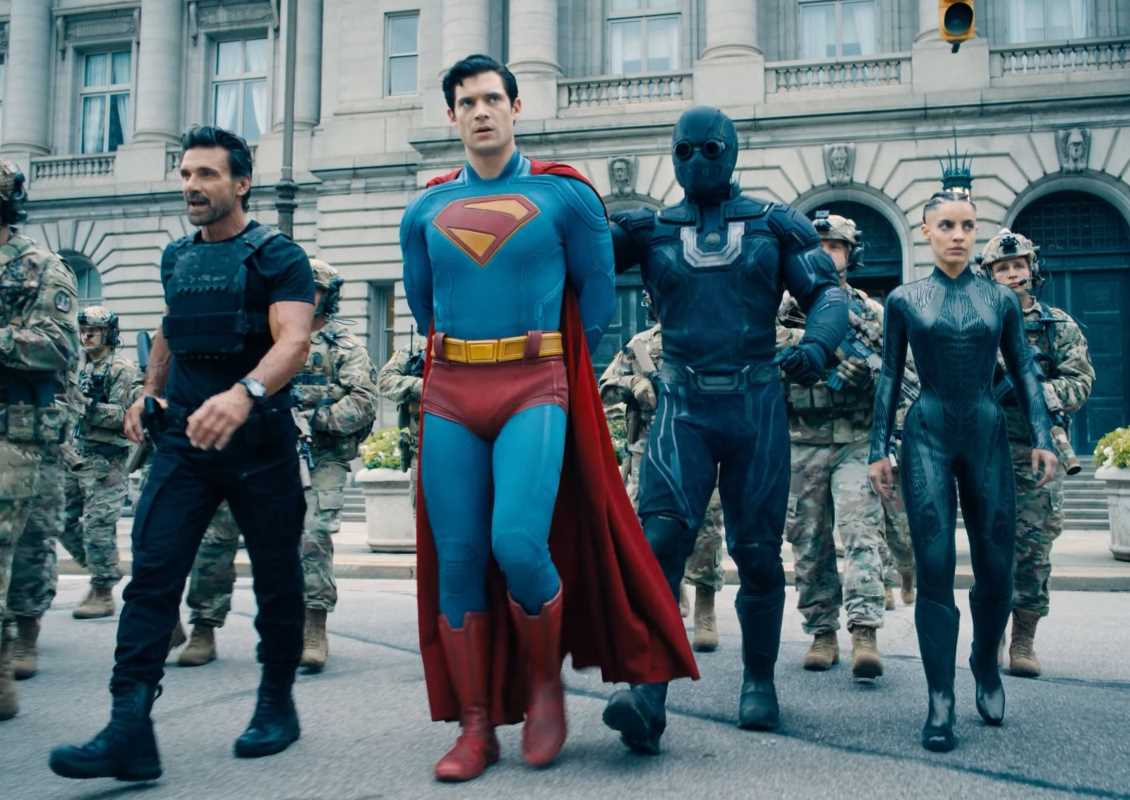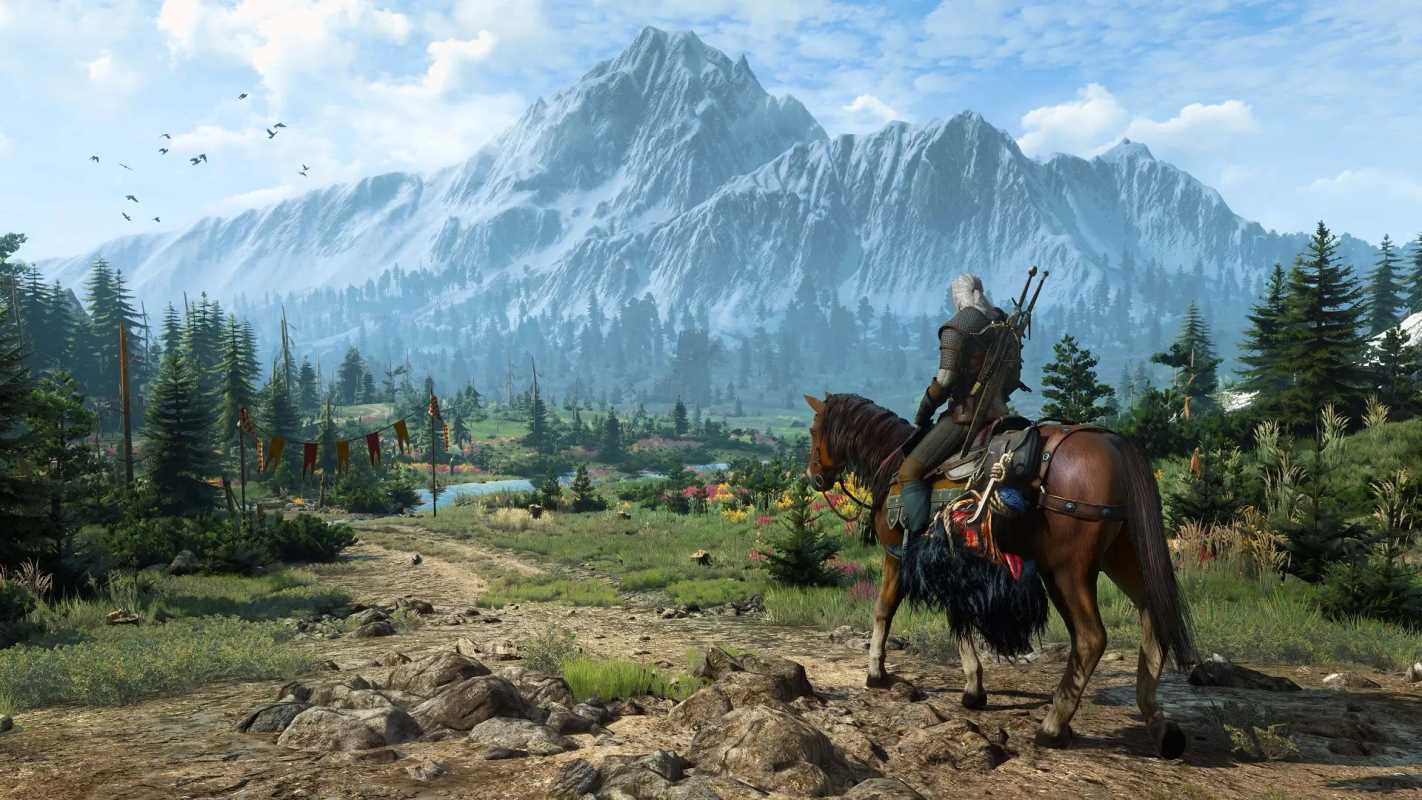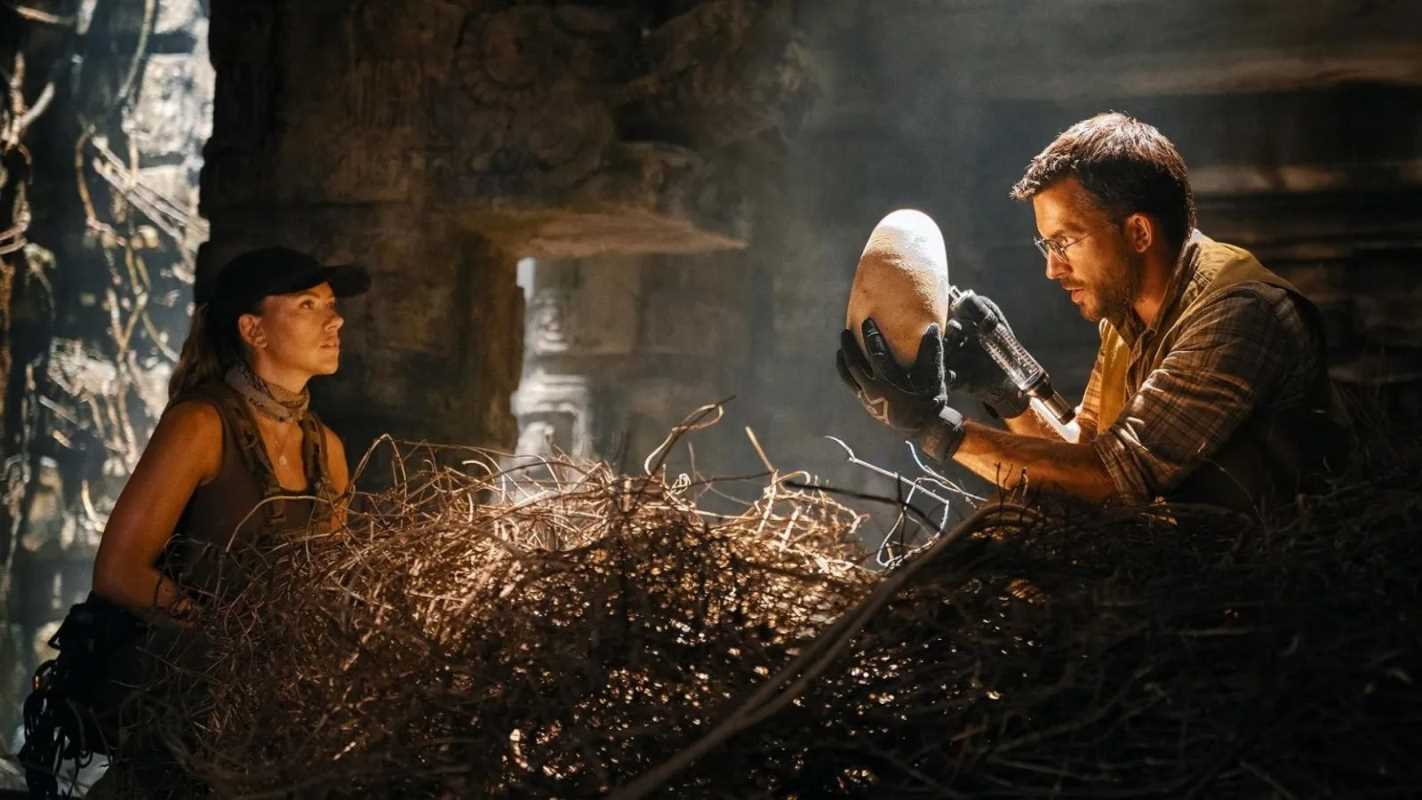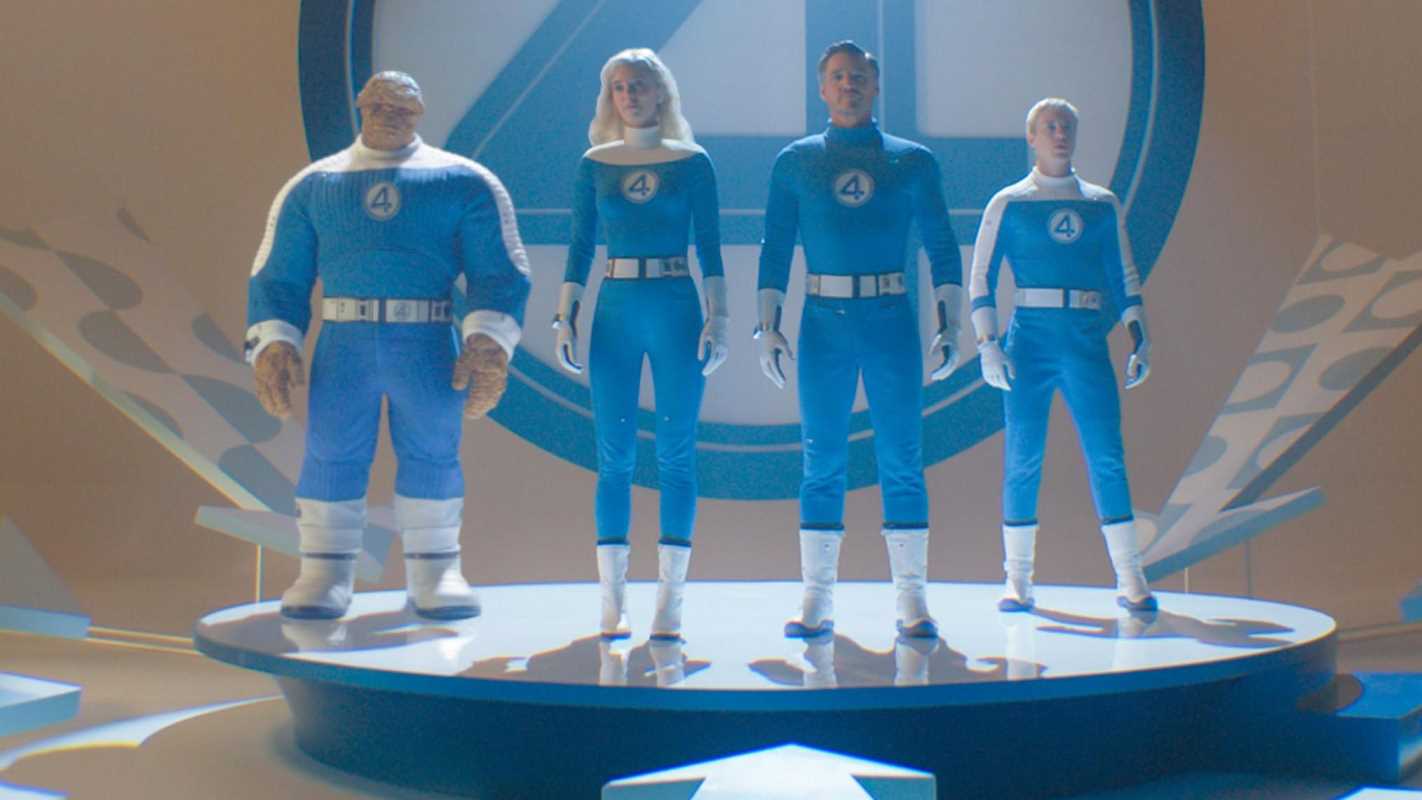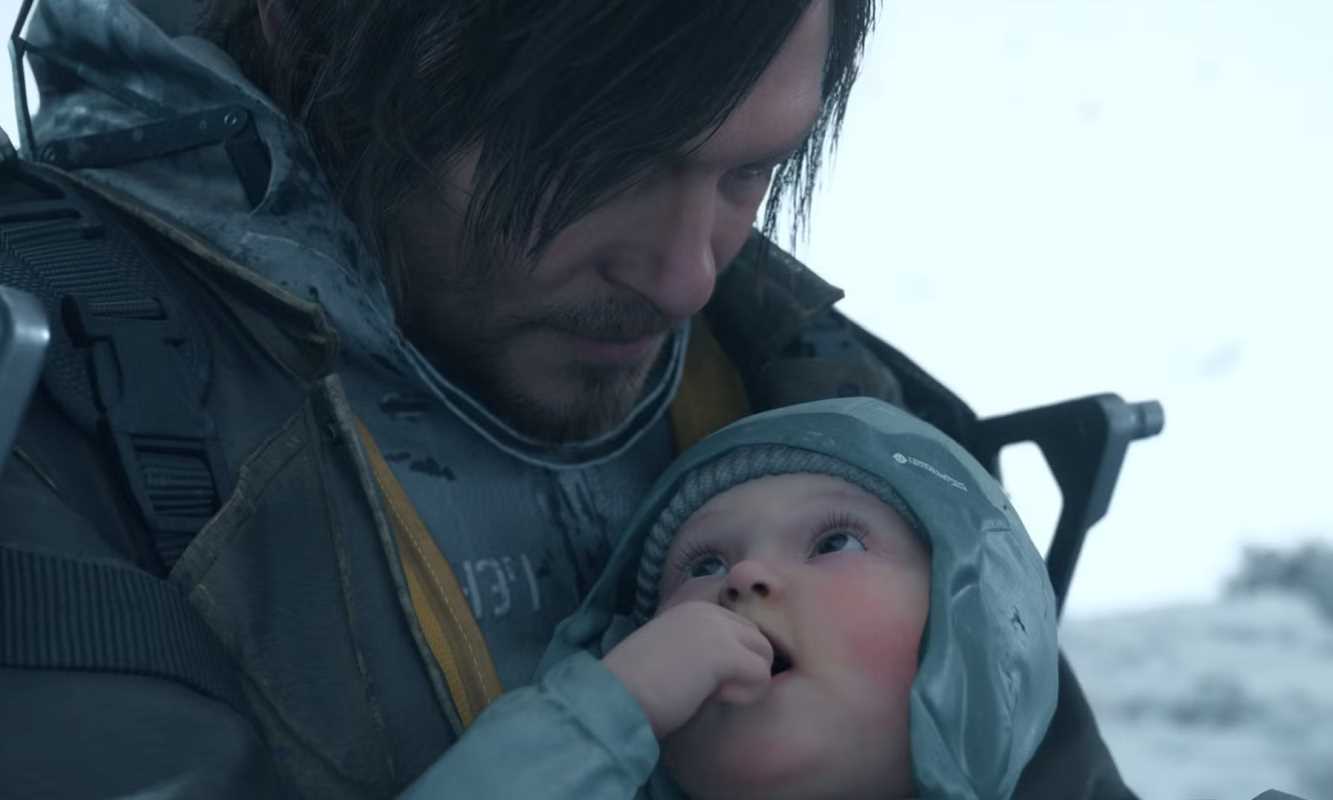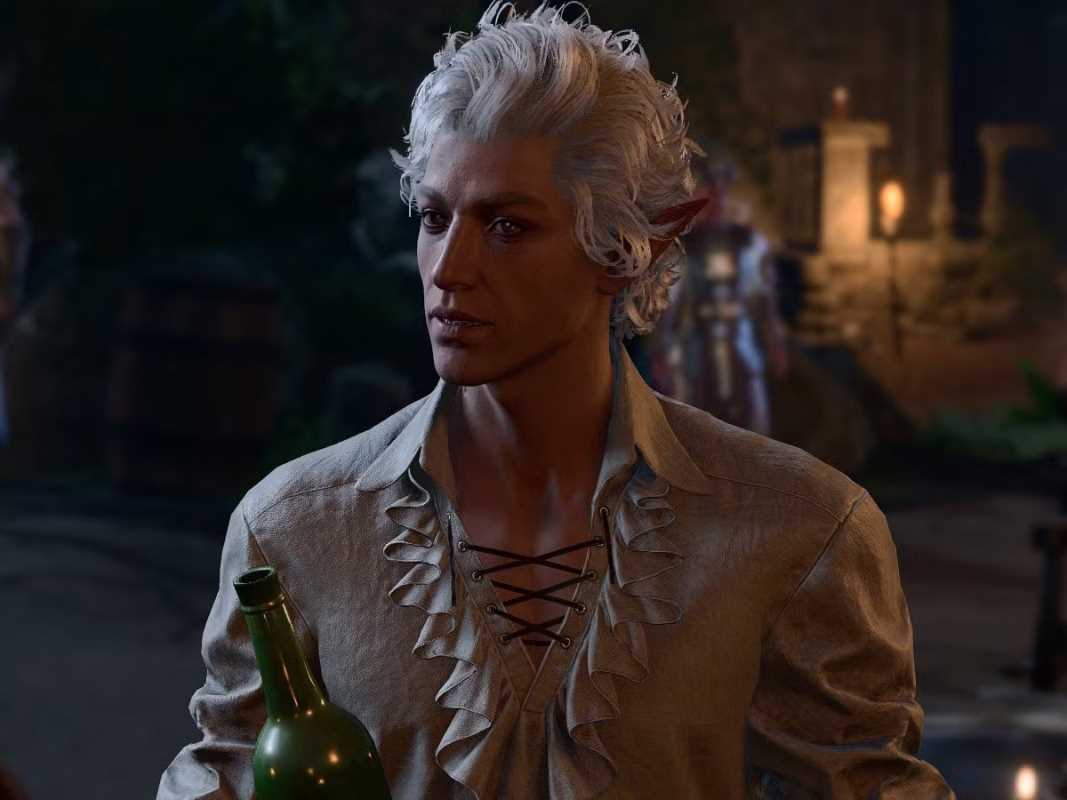J.R.R. Tolkien’s The Silmarillion stands as a legendary recounting of Middle-earth’s earliest ages, an intricate tapestry of creation, heroism, betrayal, and tragedy. While The Lord of the Rings and The Hobbit have dazzled on the silver screen, The Silmarillion remains untouched territory. If adapted, this epic collection of tales could yield some of the most jaw-dropping cinematic moments. From unimaginable battles against dark lords to unflinching feats of bravery, the rich lore begs for a big-screen adaptation.
Here are ten moments from The Silmarillion that would undoubtedly make both lifelong fans and curious newcomers marvel in awe.
1. The Creation of the World (Ainulindalë)
It all begins with music. The Ainulindalë, or the Music of the Ainur, graces the opening pages of The Silmarillion and serves as Middle-earth’s Genesis. Here, Eru Ilúvatar, the supreme deity, invites the Ainur (divine spirits) to sing a grand symphony, shaping the world through melody and harmony.
What starts as a perfect creation turns chaotic when Melkor, the most powerful of the Ainur, introduces discord into the song, foreshadowing his eventual role as the first Dark Lord. Imagine this sequence on-screen with swirling, cosmic visuals, an enormous celestial orchestra, and a thunderous score evolving into a crescendo of light and shadow. A cinematic depiction of creation itself? Audiences would be captivated.
2. The Forging of the Silmarils
The titular Silmarils, three radiant jewels crafted by Fëanor, are central to all the drama and tragedy that follows in Tolkien’s mythology. These shimmering gemstones house the light of the Two Trees of Valinor, making them both unimaginably beautiful and dangerously coveted.
A movie adaptation could bring this scene alive in vivid detail, with Fëanor’s fiery passion and genius driving the forge amidst glowing gold and cascading sparks. The moment the Silmarils are completed, their ethereal glow illuminating Fëanor’s awestruck expression, could form the perfect cinematic hook to introduce the tale’s central conflict.
3. The Darkening of Valinor
One of the most heart-wrenching moments in The Silmarillion is the destruction of the Two Trees, Telperion and Laurelin, which provide light to the land of Valinor. Melkor and the monstrous spider Ungoliant conspire to plunge the world into darkness, draining the trees of their light in an act of unspeakable betrayal.
An on-screen portrayal could lean into the horror of Ungoliant swallowing the radiant sap of the trees, her form growing grotesque and swollen as the world around her dims. The juxtaposition of once-vibrant Valinor descending into shadow would create an unforgettable visual spectacle.
4. Fingolfin’s Duel with Morgoth
Few moments in Tolkien’s legendarium are as iconic as Fingolfin’s one-on-one duel with Morgoth, the first Dark Lord. After countless betrayals and the fall of many Elven kingdoms, the High King of the Noldor rides alone to confront the seemingly invincible Morgoth. Armed with the blade Ringil, Fingolfin challenges the dark lord in his fortress of Angband and fights with unmatched valor.
Picture this sequence as Fingolfin, lit by starlight and burning with vengeance, calls out Morgoth. The duel begins, with Ringil gleaming against the monstrous form of Morgoth. The clash would be ferocious, with Fingolfin managing to wound the dark lord seven times before succumbing to exhaustion. Though tragic, Fingolfin’s sacrifice would embody the enduring spirit of defiance against overwhelming odds.
5. The Rescue of Beren from Sauron
Before Aragorn and Arwen, there was Beren and Lúthien, Middle-earth’s ultimate power couple. Their legendary love story includes daring adventures, but one of the standout moments is Lúthien’s rescue of Beren from the dungeons of Sauron, who had captured him. Disguised as a bat, Lúthien confronts the powerful Maia and uses her enchanting song to put Sauron and his werewolf guards into a deep sleep.
A cinematic version of this moment would highlight Lúthien’s strength and determination, with hauntingly beautiful music as the centerpiece. Her confrontation with Sauron would showcase grit and wit over brute force, demonstrating her capacity to overcome even the most dire obstacles in the name of love.
6. The Fall of Gondolin
Tales of tragic betrayal and epic battles reach their peak in the Fall of Gondolin, an Elven city hidden from the prying eyes of Morgoth. This once-beautiful haven is scouted by the traitor Maeglin, leading to an apocalyptic assault by Morgoth’s armies. Dragons scorch towers, Balrogs storm the gates, and warriors valiantly defend city streets in what is one of the most gripping battles in The Silmarillion.
The Fall of Gondolin on-screen would rival the battle sequences of The Lord of the Rings trilogy. Picture Elven warriors facing off against fire-breathing dragons in narrow alleys while citizens flee to hidden tunnels. The chaos and heroism of this battle would be a spectacle that lingers in the minds of viewers long after the credits roll.
7. The Voyage of Eärendil
Eärendil, the mariner and savior of Middle-earth, earns his place as a central figure in the history of the world. His fateful voyage across the seas to plead for the aid of the Valar against Morgoth brings hope to a suffering world. Upon reaching Valinor, Eärendil and his ship are blessed, and he becomes the Evening Star, a guiding light for those in despair.
This scene would be cinematic gold, with breathtaking seascapes and the majesty of Valinor glowing in the distance. His transformation into a star, guided by the light of one of the Silmarils mounted on his brow, could evoke the same awe that audiences felt seeing the Eagles rescue Frodo and Sam from Mount Doom.
8. The Kinslaying at Alqualondë
For all the grandeur of The Silmarillion, it is also filled with deeply tragic moments. The Kinslaying at Alqualondë, where Fëanor and his followers attack their Elven kin to seize ships for their march against Morgoth, is one of the most harrowing events in the story.
This sequence could highlight the moral complexity of the tale, as Fëanor’s single-minded rage leads his people to commit atrocities against their own kind. The scene would stir conflicting feelings of anger, sorrow, and pity, capturing the cyclical nature of vengeance and regret in Tolkien's legendarium.
9. The War of Wrath
The climactic War of Wrath sees the Valar, Elves, and Men unite against Morgoth in the greatest battle Middle-earth has ever seen. Massive armies collide, and dragons rain fire upon the land. Morgoth’s ultimate defeat comes at a heavy cost, as half of Beleriand is destroyed and sinks beneath the sea.
This would be an unforgettable way to end a multi-movie adaptation of The Silmarillion. Picture massive aerial battles as dragon fire lights up the skies, Balrogs clash with armies of Maiar, and Morgoth himself is finally captured and cast into the Void. A truly mythic finale.
10. Túrin Turambar’s Tragic Tale
Túrin Turambar’s story is perhaps Tolkien at his most Shakespearean, a tale of fate, loss, and defiance. This cursed hero’s battle against Morgoth’s servant Glaurung, the father of dragons, is one of his most iconic moments. Túrin slays the mighty creature in an act of desperate courage, but the cost of his victory weighs heavily on him.
With its emotional weight and intense character drama, adapting Túrin Turambar’s tale would show a darker, grittier side of The Silmarillion. The tragic hero grappling with his fate would provide a cinematic experience as compelling as it is heartbreaking.
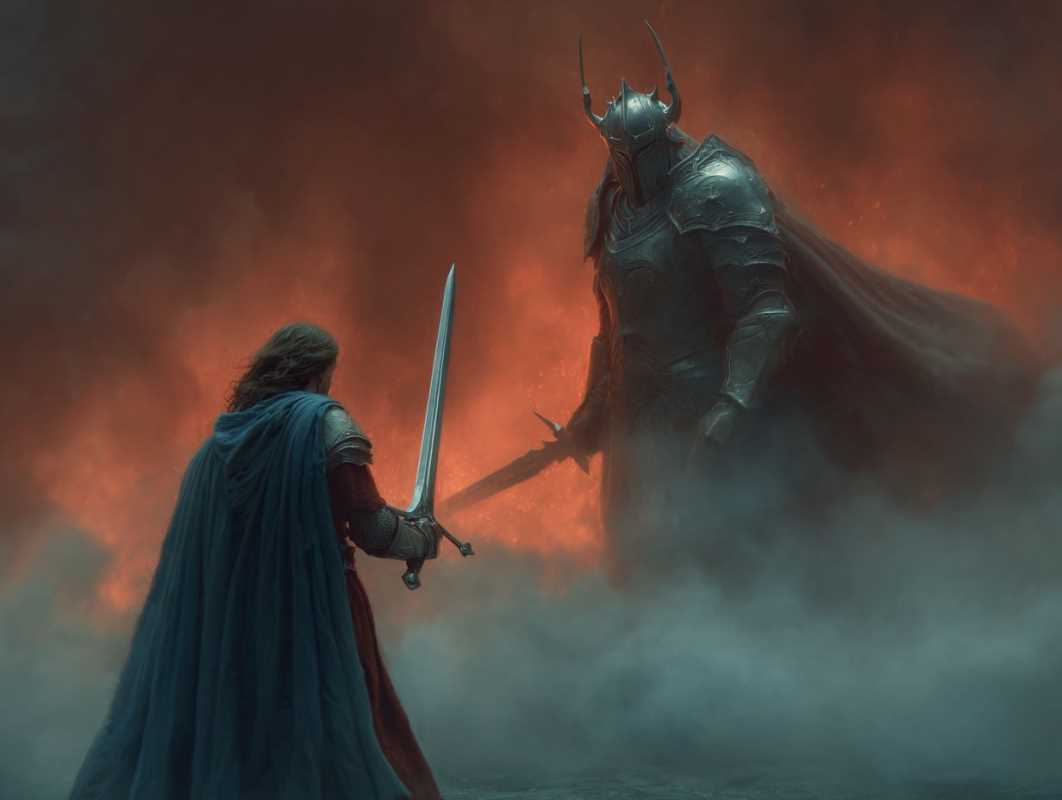 (Image source: Midjourney)
(Image source: Midjourney) 
